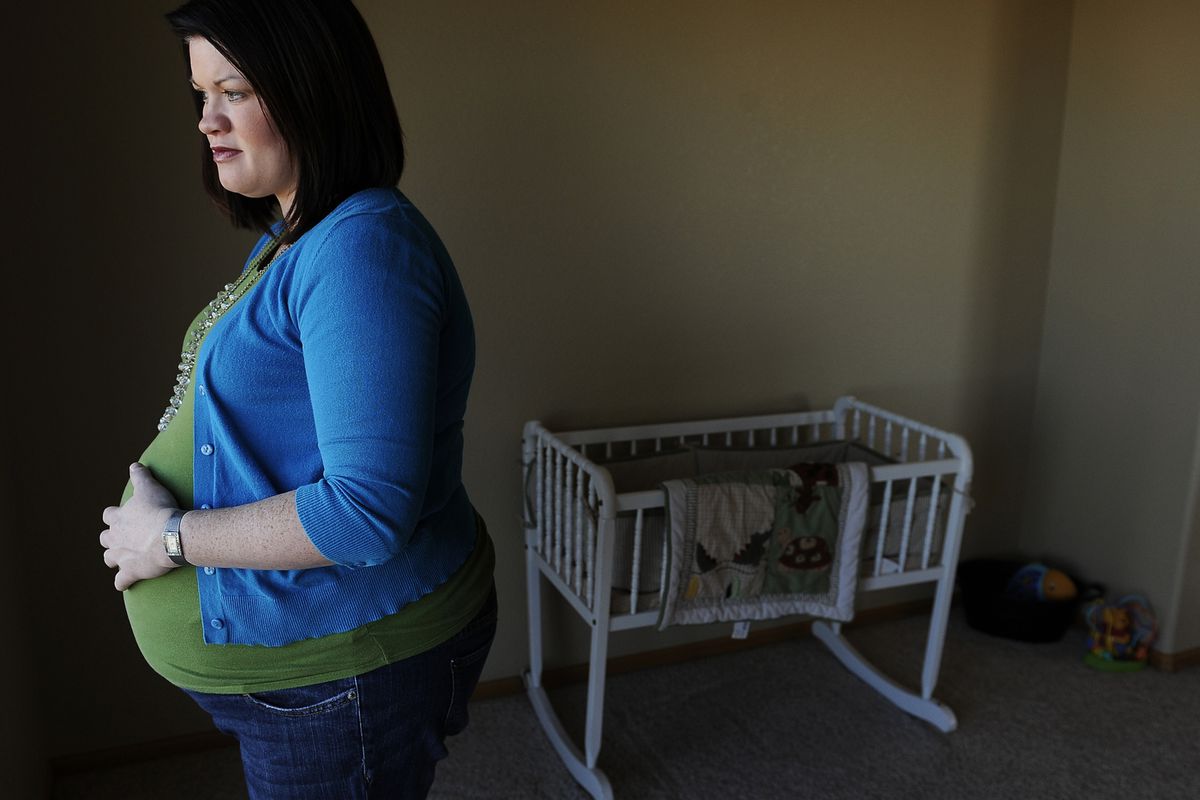
This is only my opinion, and not the representation of Saintel Daily, LLC.
I don’t you’ll be surprised when you hear these statistics. It’s estimated that 50.8 million households, which represents 43% of the households in America, can’t afford a basic monthly budget for housing, food, transportation, child care, health care and even a monthly smartphone. These numbers are according to an analysis of U.S government data released by the United Way Alice Project. The Alice Project is a nonprofit, based in Cedar Knolls, New Jersey that aims to highlight the number of people who actually live in poverty. The project users standardized measurements to calculate a “bare bones” household budget, in each county and state.
The United Way maintains that the federal poverty level, which is currently $25,100, doesn’t accurately illustrate the number of people living in poverty because it doesn’t take into account the cost of living in different regions throughout the United States. John Franklin, Chief Executive for the United Way Alice Project indicates, “it’s morally unacceptable and economically unsustainable for our country to have so many hardworking families living paycheck to paycheck”. But how is this possible, when Trump ran on the platform of jobs, jobs, jobs? I mean, wasn’t that what he was going to call an actual bill?

I digress. The name Alice was intended to shine a light on working families who are often overlooked by other economic measures. In fact, it’s not a name at all. It stands for “asset low, income constrained, employed”. Alice workers are the forgotten people. They are childcare workers, home health aides, and retail workers in low paying jobs and have difficulty saving money. These are the folks who are always one paycheck away from living on the street. That’s a harsh reality, but it’s the truth.
In 2017, 44% of people in the U.S. said they could not cover an unexpected $400 emergency expense or would rely on borrowing or selling something to do so, down from 46% the year before, according to a separate report released last year by the U.S. Federal Reserve, which surveyed more than 6,600 adults. The ability to withstand financial disruptions is a key consideration when it comes to financial health. The government’s 2018 federal poverty level income numbers are used to calculate eligibility for Medicaid and the Children’s Health Insurance Program (CHIP). Those levels currently range from $12,140 for individuals to $42,380 for a family of eight. But some cities and suburbs — from New York to San Francisco — are far more expensive to live in than others.

What’s interesting about this is that if you live in Detroit, for example, and you make $48,000 a year. You’re financially far better off than someone who lives in San Fransisco and makes the same amount. So perhaps the poverty numbers that the government releases aren’t exactly accurate? Or rather, they’re not telling of the whole story. With Alice, though, the United Way intends to make the invisible, visible by shining a light on the true number of families struggling in the United States. It’s a sad state of affairs, but our current reality nonetheless. Alice aims to change the national dialogue about the impact on families, communities and all of us when there are so many people living in what they call, financial crisis.



